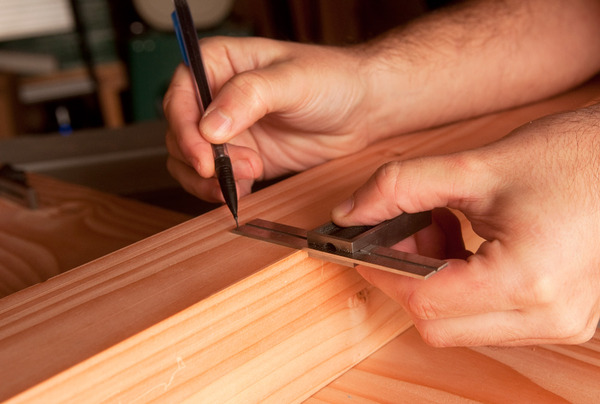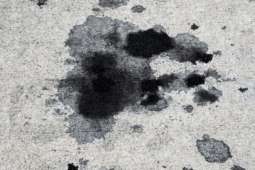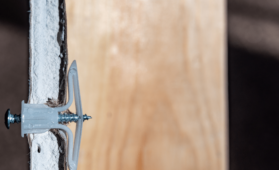Try This Simple Trick Anytime You’re Laying Out Cuts or Marks on Your Woodworking Projects

Over the weekend, I was working in the garage when I found myself in a familiar position. I needed to transfer a pencil line from one face of a piece of stock to the one around its corner. Sounds simple enough to do with a square, but I've had this problem before. Sighting the line isn't accurate enough, and a traditional try or combination square isn't of much help here. Here's why:

Layout and measuring squares all have two faces that are set 90° to the blade. This is great because it allows you to flip the tool and butt it up against any edge, and it allows you to use the inside corner of the tool to check for square. But it means that the square doesn't have a single, straight line that can turn a corner. The fence of the square obscures the mark you need to transfer the line.
The solution?

Check your combination square case. In it, you'll find the center finder attachment, which I'll admit to having used exactly 0 times since I bought this square seven years ago. (I have a special Robert Larson center finder plate I use all the time. It is amazing and only costs $7.00.) But, unattached to the rule, the center finder attachment is the perfect tool for transferring marks from face to face. A perfectly square inside edge, and two co-planer outside edges to register your mark.

So, scribe your line, place the center finder against it, and boom – a fence to guide your pencil exactly 90° around the corner. Done and done.









